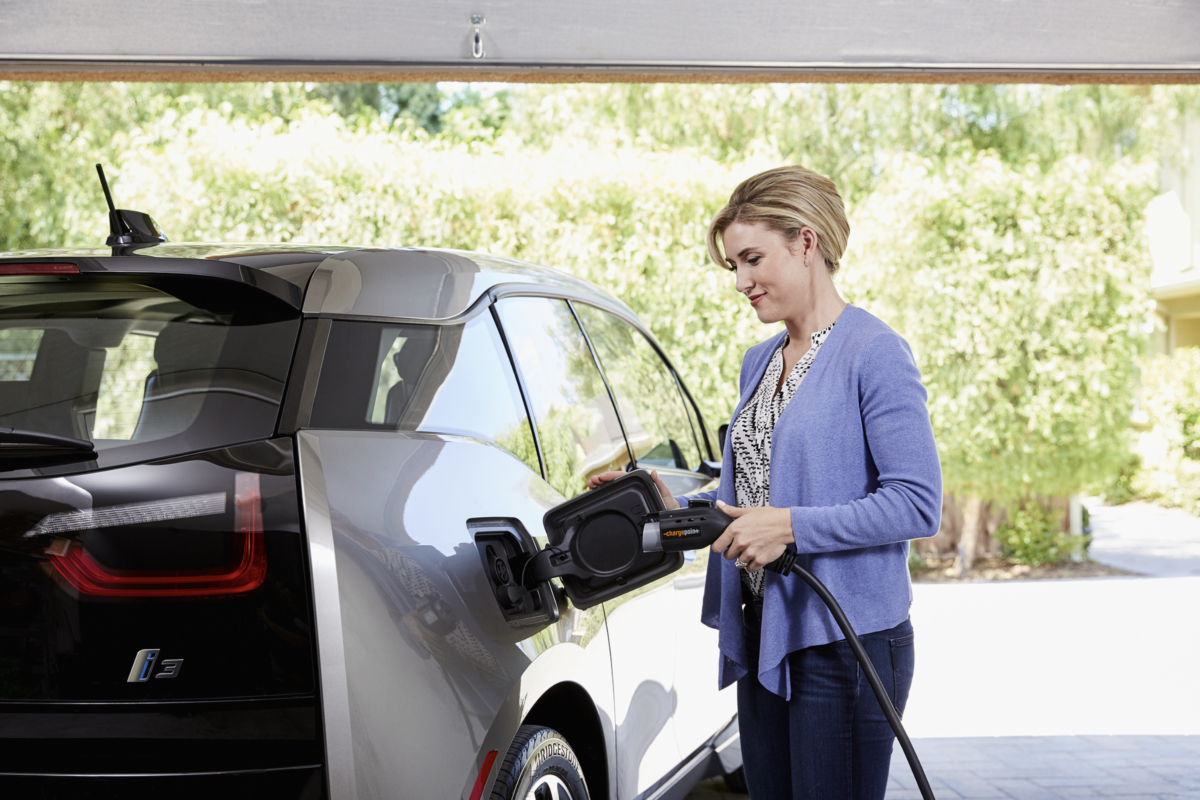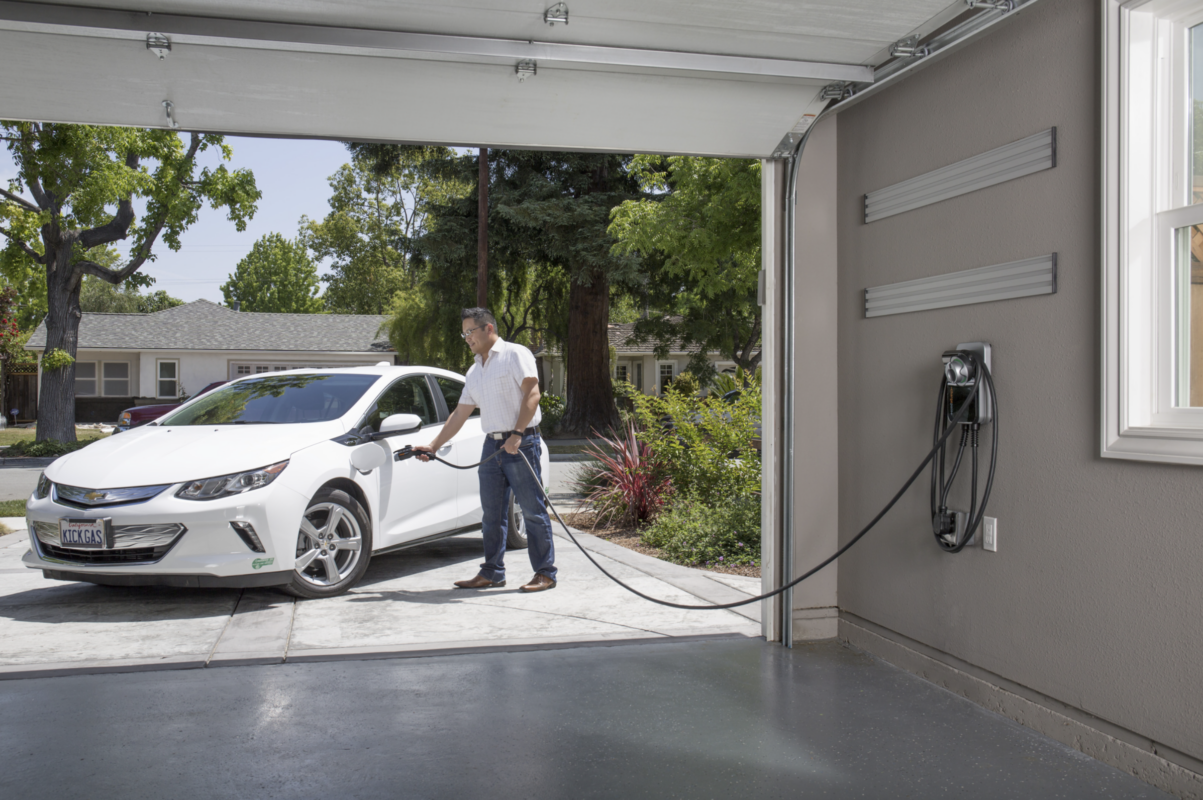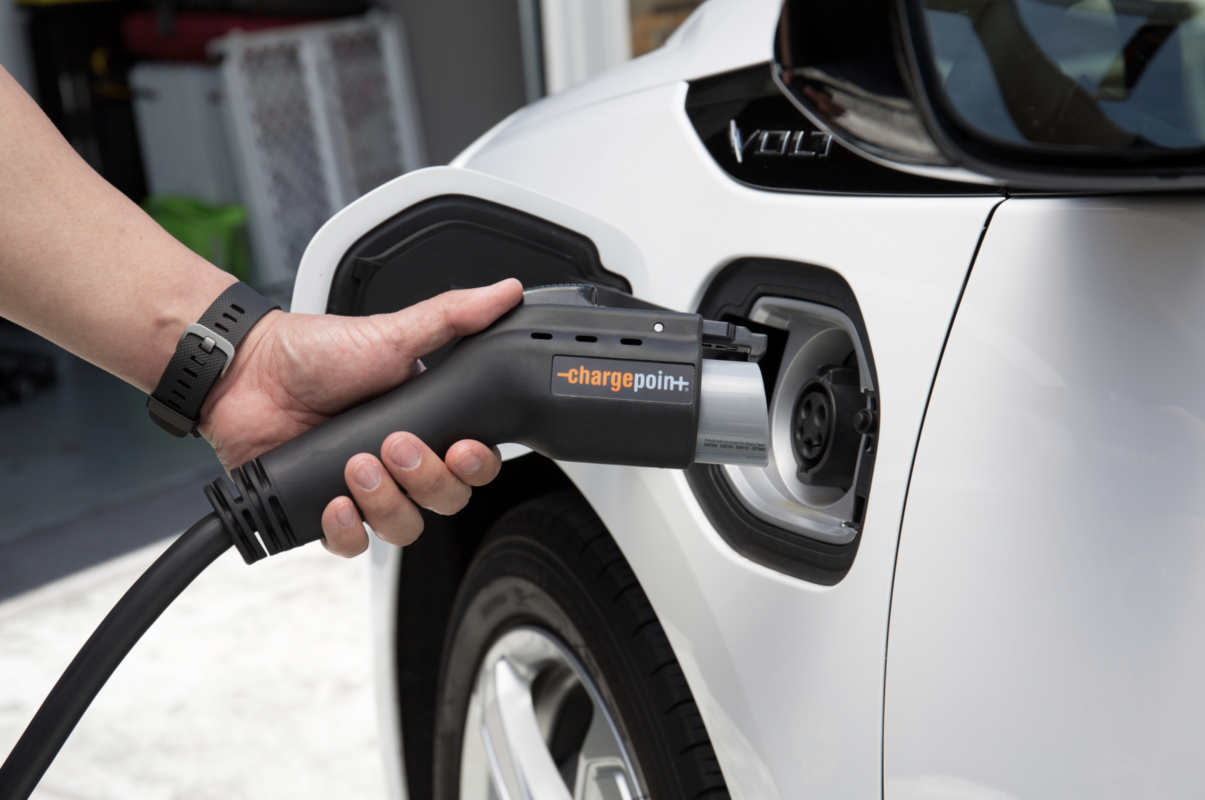Are you looking to install an electric vehicle (EV) charger at home? If so, you may have come across the NEMA 6-50 and NEMA 14-50 charging options. While both options can charge your EV, they have different amperage levels, voltage ratings, and plug configurations. In this blog post, we’ll explore the differences between NEMA 6-50 and NEMA 14-50 chargers and help you decide which one is the best fit for your needs.
What is a NEMA 6-50 Charger?
A NEMA 6-50 charger is a type of electric vehicle charger that provides 240 volts of electricity and has a 50-amp circuit breaker. It uses a three-pronged plug with two straight blades and a round grounding pin, which is different from the plug used in most households. NEMA 6-50 outlets are commonly used for high-power appliances like welders, so if you already have a 6-50 outlet in your garage, it may be easy to install a NEMA 6-50 charger.
What is a NEMA 14-50 Charger?
A NEMA 14-50 charger is also a type of electric vehicle charger that provides 240 volts of electricity, but it has a higher amperage rating than a NEMA 6-50 charger. A NEMA 14-50 charger has a 50-amp circuit breaker, just like a NEMA 6-50 charger, but it uses a four-pronged plug with two straight blades, a round grounding pin, and a fourth L-shaped prong. This plug configuration is similar to the one used for electric ranges and dryers, so it’s more commonly found in households than the NEMA 6-50 outlet.
NEMA 6-50 vs NEMA 14-50: Key Differences
Now that we’ve introduced the two types of chargers, let’s dive into the key differences between them.
Amperage Rating
One of the most significant differences between NEMA 6-50 and NEMA 14-50 chargers is their amperage rating. While both chargers have a 50-amp circuit breaker, the NEMA 14-50 charger can deliver more power because of its higher amperage rating. Specifically, the NEMA 14-50 charger can provide up to 40 amps of power, whereas the NEMA 6-50 charger can only provide up to 32 amps of power.
Voltage Rating
Both NEMA 6-50 and NEMA 14-50 chargers provide 240 volts of electricity, which is the standard voltage for most electric vehicles. This means that both chargers can charge your EV at the same speed, provided they are supplying the same amperage.
Plug Configuration
Another key difference between NEMA 6-50 and NEMA 14-50 chargers is their plug configuration. As mentioned earlier, NEMA 6-50 chargers use a three-pronged plug with two straight blades and a round grounding pin. On the other hand, NEMA 14-50 chargers use a four-pronged plug with two straight blades, a round grounding pin, and a fourth L-shaped prong. This plug configuration is more common in households, which means that you may already have a NEMA 14-50 outlet in your garage or near your driveway.
Compatibility
When deciding between a NEMA 6-50 and NEMA 14-50 charger, it’s essential to consider your EV’s compatibility. Some electric vehicles may only be compatible with one type of
charger, while others can be charged with either. Before purchasing a charger, check your EV’s owner’s manual to ensure that it is compatible with the charger you’re considering.
Installation
The installation process for NEMA 6-50 and NEMA 14-50 chargers is relatively similar. However, if you don’t already have an outlet that is compatible with the charger you choose, you’ll need to hire an electrician to install one. The cost of installation will depend on the complexity of the job, your location, and other factors.
Cost
The cost of NEMA 6-50 and NEMA 14-50 chargers can vary, but typically, NEMA 14-50 chargers are more expensive than NEMA 6-50 chargers. This is because of their higher amperage rating and more common plug configuration. However, it’s essential to consider the long-term cost of charging your EV. If you have a higher-capacity EV and choose a NEMA 6-50 charger, it may take longer to charge, which could increase your electricity bill.
Which Charger is Right for You?
Now that we’ve explored the differences between NEMA 6-50 and NEMA 14-50 chargers, how do you decide which one is the best fit for your needs? Here are a few factors to consider:
- Your EV’s compatibility: Check your EV’s owner’s manual to ensure that it is compatible with the charger you’re considering.
- Your existing outlets: If you already have a NEMA 6-50 or NEMA 14-50 outlet in your garage, it may be more convenient and cost-effective to choose a charger that is compatible with that outlet.
- Your budget: NEMA 14-50 chargers are typically more expensive than NEMA 6-50 chargers, so if you’re on a tight budget, a NEMA 6-50 charger may be a better option.
- Your charging needs: If you have a higher-capacity EV or frequently take long trips that require frequent charging, a NEMA 14-50 charger may be a better option because it can provide more power and charge your EV faster.
Conclusion
In summary, NEMA 6-50 and NEMA 14-50 chargers are both capable of charging your electric vehicle, but they have different amperage ratings, voltage ratings, plug configurations, and costs. When deciding between the two, consider your EV’s compatibility, existing outlets, budget, and charging needs. By taking these factors into account, you can choose the charger that is the best fit for your needs and ensure that you can charge your EV safely and efficiently at home.






